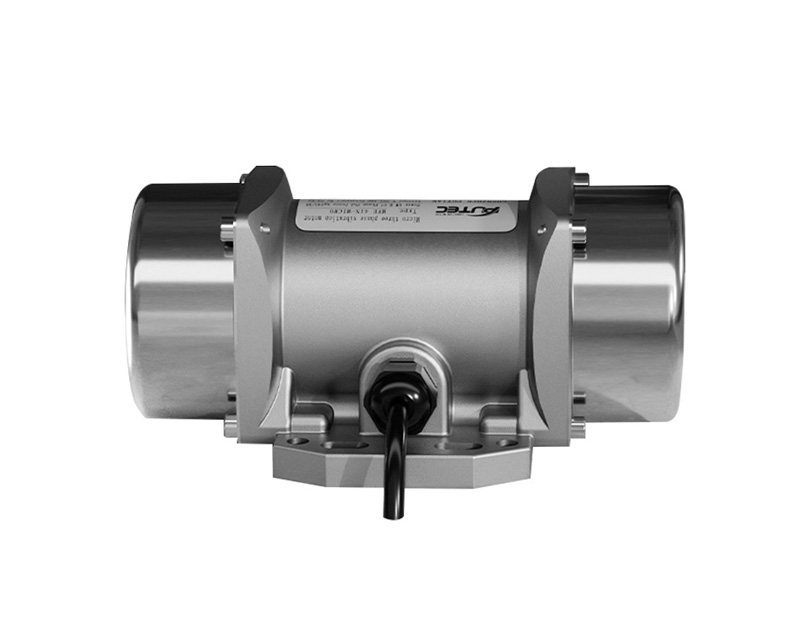Exploring The World Of Vibration Motors: Linear Motor Vibration And microbit Vibration Motor
 Apr-11-2024
Apr-11-2024
 Industry News
Industry News
Vibration motors are a critical component in various applications, from consumer electronics to industrial machinery. These motors provide controlled and consistent vibrations, which can be used for haptic feedback, alarms, and alerts. In this article, we will dive deep into two specific types of vibration motors: linear motor vibration and microbit vibration motor. We will discuss their uses, differences, and how they can be employed effectively in different scenarios.
Linear Motor Vibration
Linear motors provide a form of vibration through linear motion rather than rotational motion. These motors use electromagnetic forces to drive a mass back and forth, creating vibrations in a straight line. This type of vibration is different from the typical eccentric rotating mass (ERM) motors that produce circular or rotary motion vibrations.
Applications of Linear Motor Vibration
Linear motors have a variety of applications, ranging from consumer devices to industrial machinery:
1. Haptic Feedback: Linear motors are widely used in smartphones and gaming controllers to provide tactile feedback to users, enhancing the interactive experience.
2. Wearable Devices: Smartwatches and fitness trackers use linear motors to deliver gentle alerts and notifications to users without causing too much noise or distraction.
3. Medical Equipment: Medical devices often incorporate linear motors to provide precise vibrations for feedback and measurement.
4. Automotive: Linear motors can be used in vehicles to create subtle vibrations for alerts and notifications in safety systems.
5. Industrial Machinery: In automation and manufacturing, linear motors can create vibrations for sorting, feeding, or aligning components.
Advantages of Linear Motor Vibration
1. Quiet Operation: Linear motors tend to be quieter compared to rotary motors, making them ideal for devices where noise can be disruptive.
2. Fast Response Time: Linear motors provide quick activation and deactivation, allowing for precise control over vibrations.
3. Energy Efficiency: These motors are generally more energy-efficient due to their direct linear movement.
microbit vibration motor
The microbit vibration motor is a small, yet versatile, motor designed specifically for use with the micro:bit, a pocket-sized, codeable computer used in educational projects and DIY electronics. The motor can be used to add haptic feedback or simple alert functions to micro:bit projects.
Applications of microbit vibration motor
The microbit vibration motor can be utilized in various educational and DIY projects:
1. Educational Projects: Students and hobbyists can integrate the vibration motor into their micro:bit projects to learn about electronics and coding. For instance, they can create devices that provide haptic feedback in response to specific conditions.
2. Gaming: Incorporate vibration motors into microbit games to enhance the gaming experience with haptic feedback.
3. Wearables: Add haptic feedback to wearable devices made with the microbit, such as smart bracelets or fitness trackers.
4. Alerts and Notifications: The motor can be programmed to deliver alerts and notifications based on specific events or sensor data.
Advantages of microbit vibration motor
1. Ease of Integration: The motor is designed to work seamlessly with the microbit, making it easy to incorporate into projects.
2. Small Size: Its compact size makes it suitable for space-constrained projects.
3. Cost-Effective: The microbit vibration motor is typically affordable, making it accessible to students and hobbyists.
Comparing Linear Motor Vibration and microbit vibration motor
Both types of vibration motors have their unique advantages and are suited for different applications. Linear motor vibration is more commonly used in larger devices and machinery, while the microbit vibration motor is tailored for educational and DIY projects.
- Size: Linear motors can vary in size depending on their application, whereas microbit vibration motors are generally smaller.
- Power: Linear motors are often more powerful, and suitable for industrial or larger-scale applications, while microbit vibration motors are designed for small projects.
- Control: Linear motors offer precise control over vibration, making them ideal for haptic feedback in high-end consumer electronics. microbit vibration motors are controlled through microbit programming, which is user-friendly and ideal for learning environments.
- Price: Linear motors can be more expensive due to their complexity and capabilities, while microbit vibration motors are usually more affordable.
Vibration motors play a significant role in many modern devices, from consumer electronics to industrial applications. Both linear motor vibration and microbit vibration motors offer distinct benefits and applications. By understanding the unique properties and uses of each type of vibration motor, users can make informed decisions when choosing the right motor for their specific projects or applications. Whether you are working on an educational project with a microbit or integrating haptic feedback in a high-end consumer product, the appropriate choice of vibration motor can enhance the overall performance and user experience.


 English
English русский
русский Português
Português عربى
عربى فارسی
فارسی









